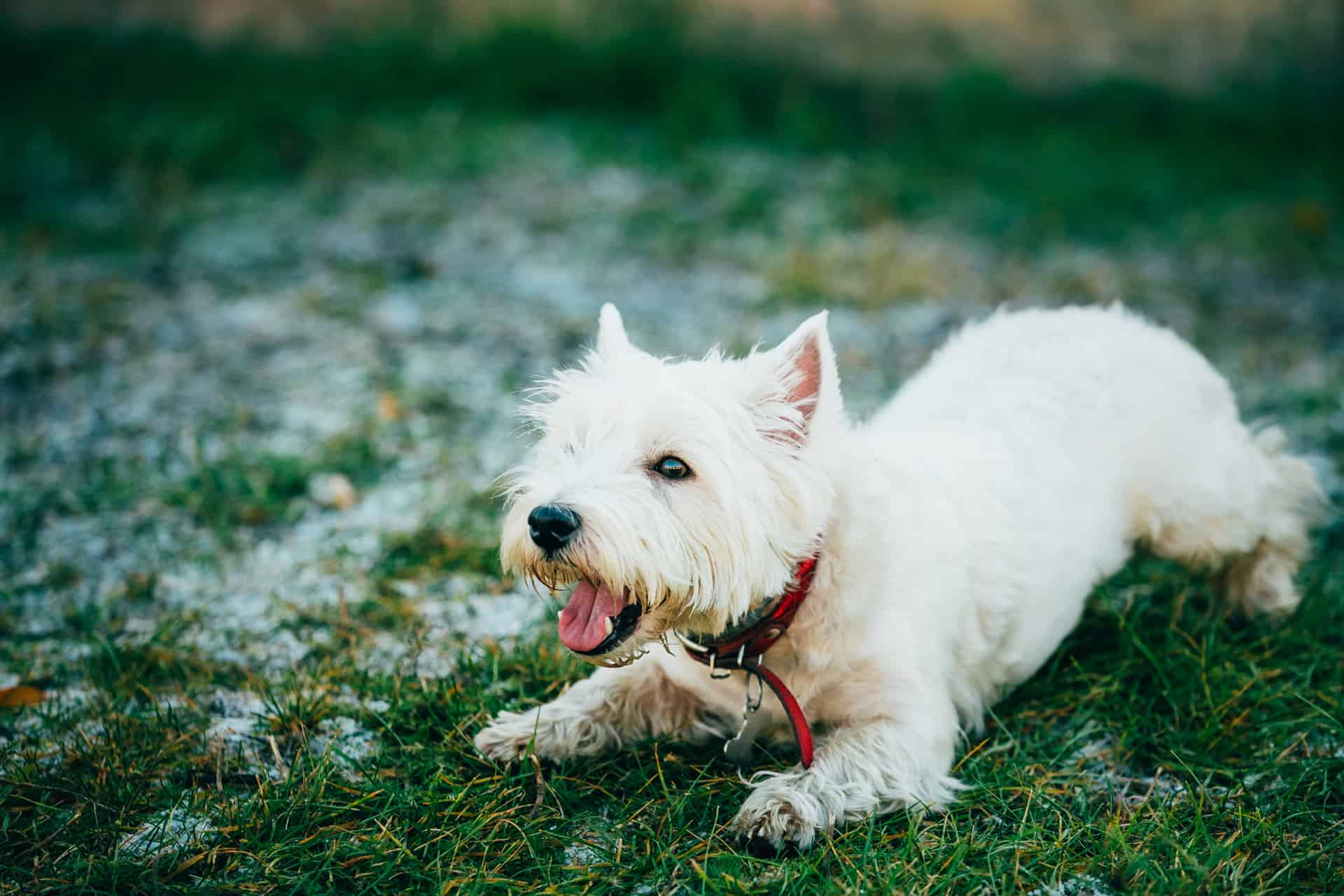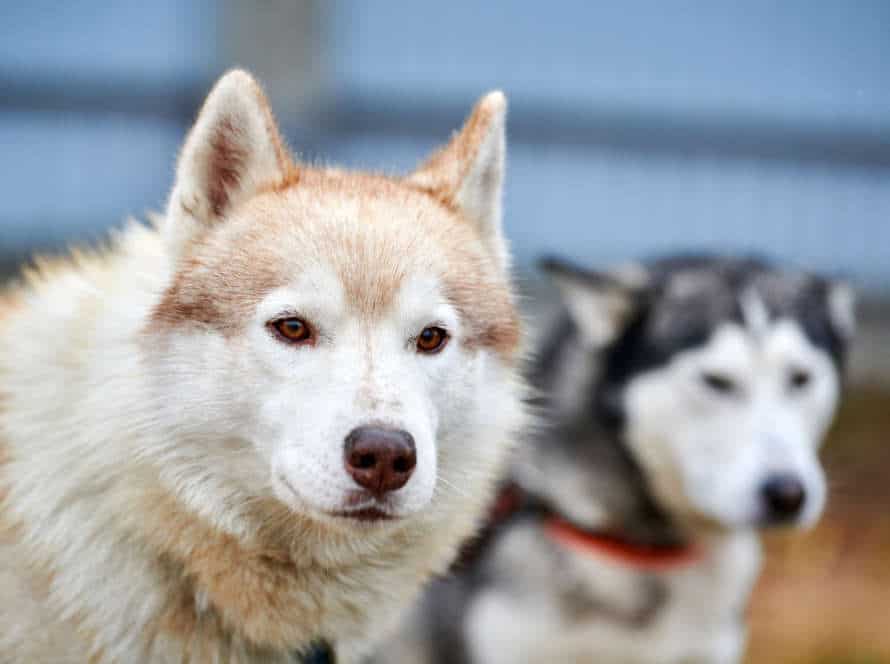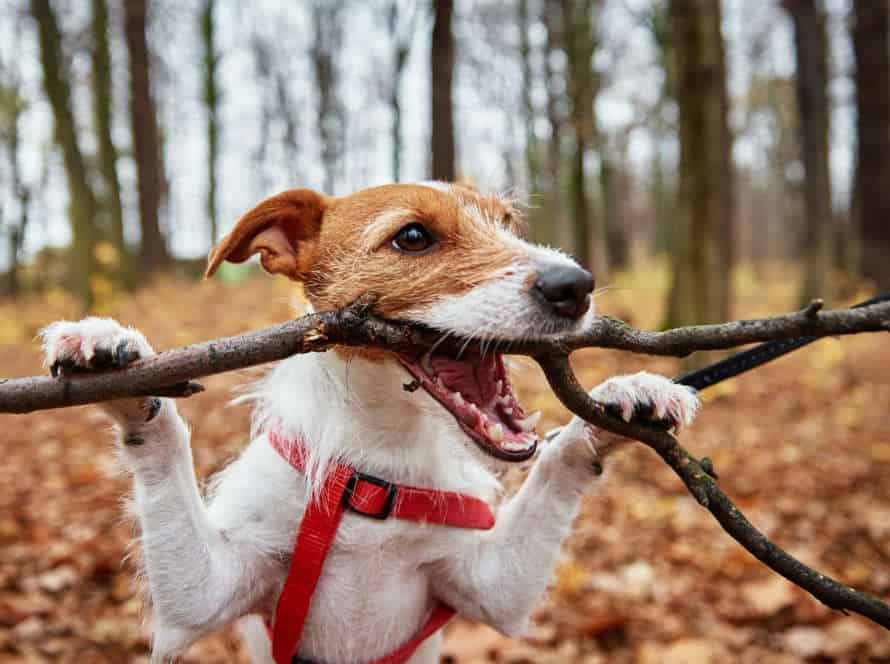How to Teach Your Puppy Quiet Commands
Train your pup to be quiet on command. Pick a word like “quiet” or “enough“. At playtime or training, wait for your pup to bark. Then, say the word in a firm yet calm voice.
Praise and give a treat when your pup stops barking. Do this several times a day. Increase the quiet time before giving a reward. Your pup will learn that “quiet” means stop barking. He’ll obey the command quickly.
Understanding Your Puppy’s Behavior
Teaching your pup quiet commands isn’t as hard as it looks. To help them learn, we gotta figure out why they’re doing the behaviors you don’t want. Once you get why they’re behaving like that, you can start teaching them the commands they need to know.
Reasons Why Puppies Bark Excessively
It’s key to understand why your pup barks excessively. Here are some common reasons:
- Attention-seeking: Wanting attention, or wanting to play.
- Anxiety and fear: When they’re scared of something or someone.
- Boredom: When they don’t get enough activity or stimulation.
- Territorial: To guard their territory or alert owners of potential threats.
- Separation anxiety: When left alone or separated from owners.
Once you know the cause, use quiet commands to train them. Be consistent and reinforce good behaviors for the best results. Pro tip: Positive reinforcement like treats and praise can be very effective.
Importance of Addressing Excessive Barking in Puppies
Excessive barking in puppies? Not cool. Plus, it can mean underlying behavior troubles. If ignored, these issues could worsen as your pup grows up – causing stress to both of you!
Why deal with it? Here’s why:
- Avoid behavioral problems: Unaddressed barking could lead to aggression, separation anxiety and destructive chewing.
- Better socialization: A well-behaved puppy is more welcome at parks, walks and social events.
- Better bonding: Addressing excessive barking can help build a stronger relationship.
Positive reinforcement, consistent training and a calm atmosphere are vital. Teach them the “quiet” command and reward good behavior – this can help reduce barking.
How to Identify Triggers for Your Puppy’s Barking
Identify triggers to help understand why your pup barks. Here are some tips:
- Observe what causes the barking, such as other dogs, new people, loud noises, or feeling anxious.
- Write down when, where, and why your pup barks.
- Notice your pup’s body language – ears, body, or wagging tail, to see what’s causing barking.
- Once you know the triggers, train pup quiet commands with positive reinforcement – treats and praise.
- Train and be patient – pup will learn to obey commands and stop barking!
Teaching Basic Commands
Teach your pup some basics! It’s a great way to foster good behavior & build a strong bond. Start with “Sit,” “Lie Down,” & “Stay.” It’ll help teach discipline which all good puppies need. Let’s learn how to do it.
Training Techniques for Effective Communication
Train your pup basic commands! It’s necessary for effective communication and to keep disruptive behaviour away. Here’s how to teach quiet commands:
- Choose a phrase like “enough” or “quiet” to use every time pup barks. As soon as they stop, reward them with praise and a treat.
- Ignore pup if it keeps barking until it stops, then give praise and a treat.
- Practice this command in different situations. For instance, when someone knocks at the door or when other dogs bark in the neighbourhood.
- Be consistent with commands and rewards to help pup learn and respond better.
Training takes patience and time. But with persistence and consistency, you can communicate well with pup and create a strong bond.
Tips on Positive Reinforcement for Puppies
Positive reinforcement is a great way to teach commands to your pup. Here are tips for when you use it:
- Give treats when pup does the right thing after a quiet command.
- Speak in a warm, soothing tone. Pups love a happy vibe.
- Use the same command every time, at home or on a walk.
- Give a treat and attention within seconds of pup behaving.
- Be patient. Learning takes time; no punishment or fear tactics.
Pro tip: Incorporate positive reinforcement into your daily routine with pup. You’ll see good behavior develop as they grow!
Basics of Clicker Training
Clicker training is a positive reinforcement technique for teaching basic commands to puppies or dogs. It uses a clicker, a small device that clicks when pressed. It marks desired behaviors like “sit” and “down”.
Pair the clicker with verbal commands and gestures. Reward your dog with treats and praise after the click. Gradually shape more complex behaviors.
To teach quiet, wait for puppy to stop barking or whining. Then click and say “quiet”. Reward them with treats or praise. Repeat frequently to reinforce.
Teaching “Quiet” Commands
Training your pup “Quiet” is a must. It’s one of the most important behaviors! It’ll help prevent barking and make him more obedient. Want to learn how? Here are the best tips for teaching your pup “Quiet” commands.
Importance and Benefits of Teaching “Quiet” Commands
Teach your pup “quiet” commands! It’s an important part of their training. Benefits include:
- Stopping nuisance barking.
- Strengthening the bond between you and your pet.
- Reducing stress and anxiety.
- Improving their behavior.
Teaching your pup these commands is essential for their training.
Step-by-Step Guide to Training “Quiet” Commands
Teaching your puppy quiet commands can save you and your furry friend a lot of hassle. Here’s how:
- Identify situations that trigger your pup’s barking and try to avoid them when possible.
- Start by teaching your pup the “speak” command. Say “speak” and reward them with a treat when they bark.
- Move on to the “quiet” command. Say “quiet” and offer a treat to stop them from barking.
- Repeat this every time your pup barks and say “quiet” to get them to stop.
- Gradually reduce treats until your pup responds to the “quiet” command without needing any rewards.
Remember, repetition and patience are key.
Pro Tip: Keep training sessions short and fun to keep your pup engaged and make learning enjoyable.
Tips on Reinforcing “Quiet” Commands
Teaching your pup to be quiet can be tough. But reinforcing it can be even harder. Here’s some advice to help you reinforce the “Quiet” command:
- Be Steadfast: Utilize the same command every time your pup barks.
- Reward Good Behavior: Give treats and praise when they obey the command.
- Practice Often: Do the command often in multiple places and with different levels of distraction.
- Don’t Yell: Yelling may cause fear or anxiousness, resulting in more barking.
- Be Patient: Training takes time, so be consistent and patient.
By following these tips, you can teach your pup the “Quiet” command with ease.
Addressing Persistent Barking
Teaching your pup commands to stay quiet is a great way to stop their persistent barking. Consistency and patience are crucial. Establishing a reward-based routine is a must when it comes to training them to be quiet. Let’s delve deeper into how to teach your pup these quiet commands and address their persistent barking.
Understanding the Causes of Persistent Barking
Persistent barking in dogs can come from different sources, like boredom, anxiety, or territorial instincts. To tackle this behavior, you must figure out the root cause first. Here are some solutions to teach your pup to be quiet:
- Establish a solid basis of behavior with fundamental obedience training.
- Positive reinforcement techniques will encourage your pup to stay quiet and reward them when they do.
- Teach the “speak” and “quiet” commands with repetition and persistence. This will help direct your dog’s energy and concentration.
- Make your dog feel relaxed and secure with adequate exercise and mental stimulation to prevent boredom and anxiety.
- If the problem persists or you’re not sure how to handle it, reach out to a professional dog trainer.
Techniques to Manage Persistent Barking
Persistent barking can be a nuisance. It may come from underlying problems, such as anxiety or boredom. Here are tips to manage it:
- Train your dog with a consistent phrase, like “enough” or “shush“. Reward them when they stop barking.
- Identify the cause – exercise, triggers, or health issue.
- Don’t reinforce barking by responding or giving attention.
- Use positive reinforcement, like treats or praise, to reward calm behavior.
- In some cases, seek help from a trainer or behaviorist.
Seeking Professional Help for Persistent Barking
Barking is a natural behavior for dogs. But when it’s too much or continuous, it’s best to get help from a professional. Get help from a certified dog trainer or behaviorist who specializes in barking troubles. They’ll work with you and your pup to figure out why your pup’s barking and make a plan to fix it.
While waiting for help, you can teach your pup a “quiet” command. Here’s how:
- Wait for your pup to bark, then say “quiet” and show them a treat.
- When they stop barking, reward them with praise and the treat.
- Do this again, slowly increasing the time before giving the treat when you say “quiet”.
- With patience and consistency, your pup will learn that “quiet” means reward, and will eventually stop barking when you say it.
Preventing Excessive Barking
Want to stop excessive barking? Training your pup to respond to quiet commands can help! Here’s how:
- Teach your puppy the command.
- Reward them when they obey it.
- Repeat, repeat, repeat until they understand.
With enough practice, your pup will learn self-control!
Guidelines for Establishing a Positive Environment for Puppies
Creating a positive environment for puppies is essential for having a well-behaved and content pup. Dealing with excessive barking is a common problem for pet owners. Follow these tips to set up a positive atmosphere and reduce unnecessary barking:
- Introduce your puppy to people and other animals early on.
- Use treats and compliments to reward desirable behavior.
- Offer your pup plenty of activity and mental stimulation through games and play.
- Train your puppy the “quiet” command by rewarding him each time he stops barking when you ask him to.
- Do not yell or use physical punishment, it may make your pup anxious and increase barking.
With patience and consistency, you can develop a positive atmosphere for your puppy. This will help you both form a strong and healthy relationship!
Preventive Measures to Avoid Excessive Barking
Dogs can bark excessively, but there are ways to prevent it.
Teach your pup the quiet command. Here’s how:
- Start with basic obedience commands like ‘sit’, ‘come’, and ‘stay’.
- Reward them with treats when they respond well.
- Introduce the quiet command when they bark too much. Say “quiet” in a calm, firm voice, and cover their mouth with your hand.
- Reward them with praise and treats when they stop.
- Repeat regularly and be patient while they learn. With time and practice, they’ll learn to control their barking and respond to the quiet command.
The Importance of Regular Exercise for Puppies
Exercising regularly is key for keeping your pup healthy, in mind and body. It can even stop excessive barking. Here’s how to teach your furry pal to pipe down:
- Train your pup to listen to their name and the “come” command.
- Once you’ve got that down, start teaching them the “quiet” command.
- Grab a treat and get their attention, then say “quiet” in a firm but calm voice.
- Wait till they stop barking or whining, then reward them with the treat and praise.
- Do this again and again, gradually increasing the amount of quiet time before getting the reward.
Also, daily walks and playtime can help with the urge to bark too much. Make sure to give your pup lots of physical and mental stimulation to keep them content and fit.
Frequently Asked Questions
1. What is a quiet command for a puppy?
A quiet command for a puppy is a cue or signal that tells the puppy to stop barking or making noise.
2. How do I teach my puppy a quiet command?
To teach your puppy a quiet command, start by using a verbal cue such as “quiet” or “shh” every time your puppy barks or makes noise. When your puppy stops barking, immediately reward them with a treat or praise.
3. What should I do if my puppy doesn’t respond to the quiet command?
If your puppy doesn’t respond to the quiet command, try redirecting their attention with a toy or treat. You can also try removing them from the situation that is causing them to bark or make noise.
4. When should I use the quiet command for my puppy?
You should use the quiet command for your puppy when they are barking excessively or making noise that is disruptive or unwanted. However, it’s important to remember that some barking is natural for puppies and may not always require correction.
5. Can I use a spray bottle to teach my puppy a quiet command?
It’s not recommended to use a spray bottle to teach your puppy a quiet command as it can be seen as a punishment and damage the trust between you and your puppy. Positive reinforcement through treats and praise is a more effective and humane approach.
6. How long does it take to teach a puppy a quiet command?
The amount of time it takes to teach a puppy a quiet command can vary depending on the individual puppy and their behavior. Consistency and patience are key, and it’s important to continue reinforcing the command consistently over time.







